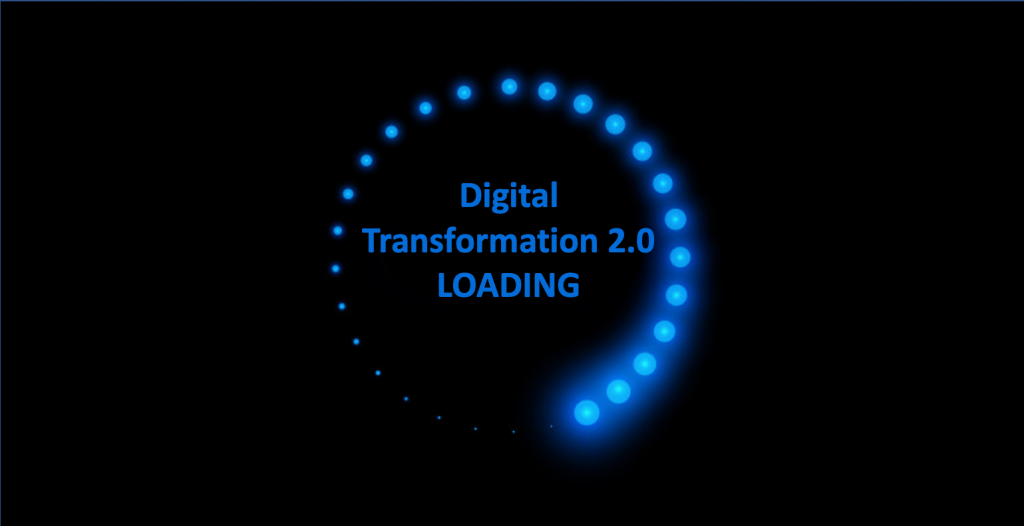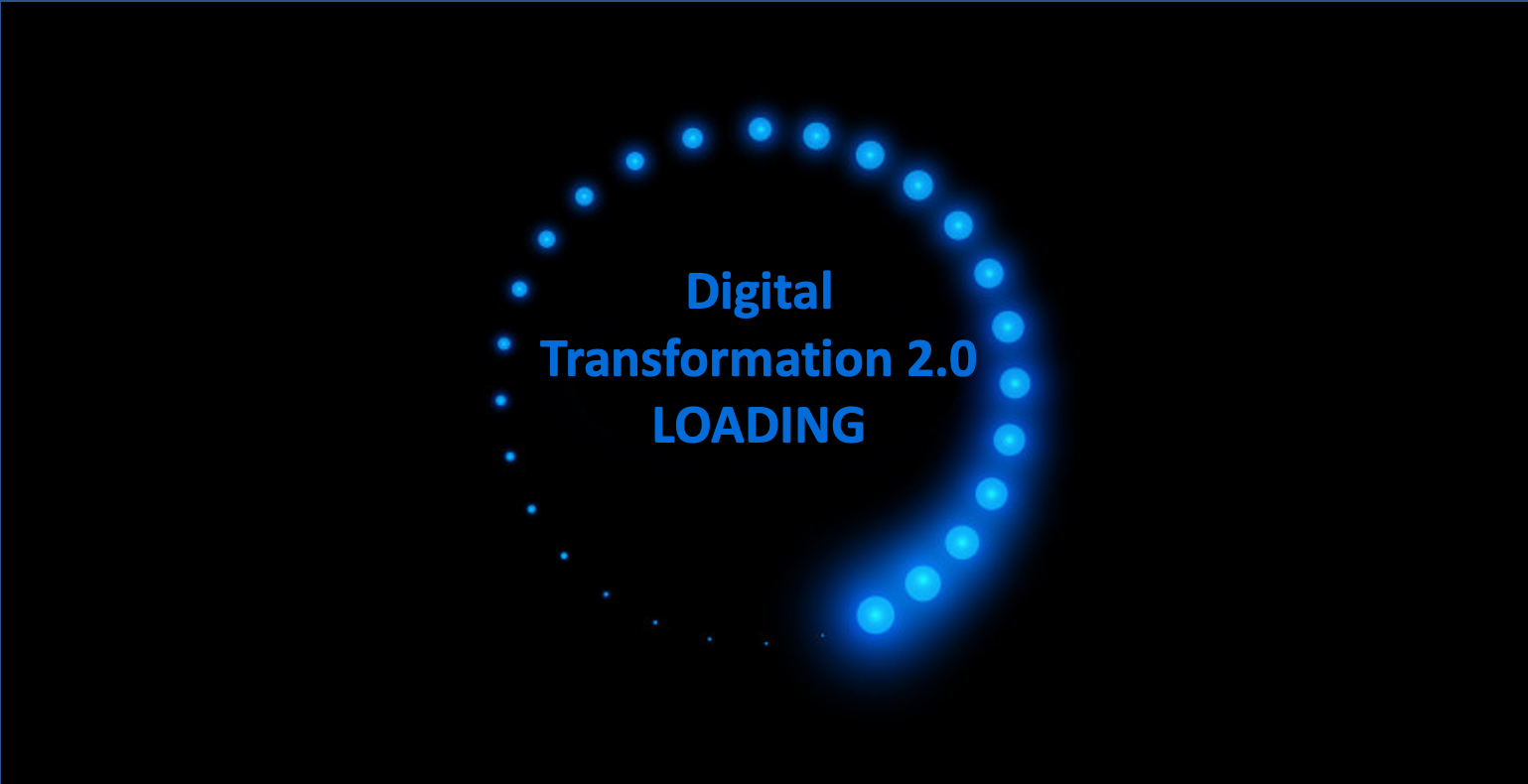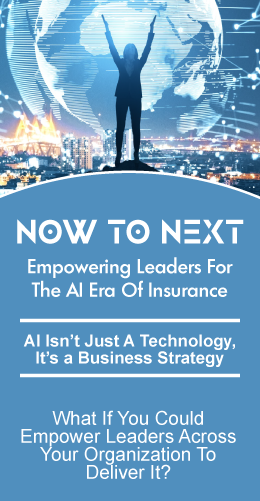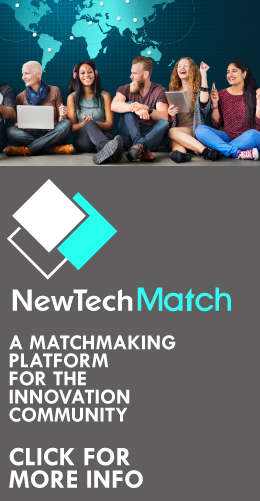
Adoption of Digital Transformation 2.0 has been building momentum over the past couple of years. Holistic, integrated, customer, data, and analytic driven it’s a game-changer. COVID put afterburners on its adoption. If insurers expect to compete in a market thrown 5 years into the digital future by COVID, they need to realign their digital transformation with a 2.0 approach immediately.
Digital Transformation 2.0
Over the past several years a new stage has been set for digital transformation. Digital Transformation 2.0 Digital Transformation that embraces a more holistic, integrated, and customer-centric approach.
An approach and an architecture that is designed to support ongoing innovation, agility, platforms, digital ecosystems with a data-driven focus. One that emphasizes small fast projects that can be quickly and easily measured based on the customer value they create and the business contribution they deliver. That 2.0 work has been taking place across multiple industries as they prepared for a far more digital world.
Along Came COVID
COVID represents one of the biggest disruptions we will ever see in our lifetimes. And, if we have learned anything about major disruptions and cataclysmic events, it’s that they are a springboard for disruptive innovation and change.
In 2021 we will see the greatest acceleration and adoption of all things digital ever. Companies across every industry are rushing to ensure they can survive and thrive in a digital future that wasn’t expected for another 5 years. They are moving to redefine and accelerate their initiatives and to do that by embracing Digital Transformation 2.0.
Competing in The Digital 2.0 Future
What’s the environment they are preparing to compete in? 60% of new phones are expected to be 5G enabled in 2021 with over a billion connections. This is the first stage of 5G deployment. Coming next will be the rapid adoption and connection of IoT-enabled devices and processes of which there are expected to be over 35 billion in the world in 2021. Touchless processes will also become the norm. The use of Customer Data Platforms is exploding. Hybrid Cloud architectures will be fully mainstreamed with more than 90% of organizations with cloud deployments and 30% of IT budgets going to the cloud.
Cyber Security capabilities will take a huge leap forward within the enterprise and across digital ecosystems. Headless Tech which enables rapid multi-channel deployments by separating backend systems and processes from frontend applications will be taking center stage. Remote workforces and processes will be here to stay. Population centers won’t. The migration from congested urban centers to other less expensive and less populated areas is already underway.
Big Data and Analytics, particularly AI & Machine Learning will become more commoditized, more embedded in enterprise systems, processes, and devices, and far easier to implement. That will lead to fundamental changes in how we conduct every part of our personal and business lives. And that opens insurers who move slowly to competition and opportunities for those who move quickly.
Game Plans of the Digital Leaders
Digital leaders inside and outside the insurance industry will leverage the digital advantage they already have. They’ve moved to hybrid cloud models. They’ve digitized many of their key processes. They’ve developed and deployed digitally empowered products and customer engagement processes. They’ve cleaned up and attributed internal and external data to create value for customers and optimize the effectiveness of internal processes. They’ve learned how to harness artificial intelligence and machine learning. And, they adopted an agile architecture that embraces digital ecosystems and partnerships.
Those capabilities, now table stakes the digital world COVID has thrust us into, enable them to focus their efforts fully on Digital Transformation 2.0. The icing on the digital cake they have already baked. As they realign their focus, priorities, initiatives with 2.0 focus, they will have the ability to thrive in a marketscape that requires fast continual delivery at scale of breakthrough innovations that provide game-changing value.
Culture 2.0
As the famous quote by Peter Drucker has made clear, Culture eats strategy for breakfast. The greatest advantage the digital leaders have isn’t technology. Instead, it’s having developed teams with the insight, vision, skills, and executive and cultural support to see beyond the current business paradigm. With that capability, they are able to move their companies from investing in the past to investing in the future. They will be thinking and acting with the speed, agility, and boldness it will take to survive in a Digital 2.0 world. That means continual experimentation, innovation, and accepting projects that don’t deliver as planned as learning opportunities, not failures. It is a culture that will allow them to make the leaps of faith needed to meet the demands of individual and business customers seeking services and relationships that are aligned with the values, goals, and personalization they need to thrive in a digital world.
Speed to Value
Given the speed of digital adoption inside and outside of the industry, insurers need to find cost and time effective ways to quickly address the competitive challenges and emerging market opportunities 2021 will bring and to align their Digital Transformation with 2.0 requirements.
The challenges and opportunities 2021 holds will redefine how value is created and delivered. It will change how value chain costs and profits are distributed. Industry and process boundaries will blur. And they will change where they begin and end. Ultimately the choice companies in the insurance industry make in 2021 will determine who will end up buried in the digital dust of companies in and outside of the traditional insurance industry that has embraced Digital Transformation 2.0 and who will emerge as the new market leaders.
It’s time to get on the Digital Transformation 2.0 on-ramp.
I look forward to your thoughts and comments
Mike Connor








